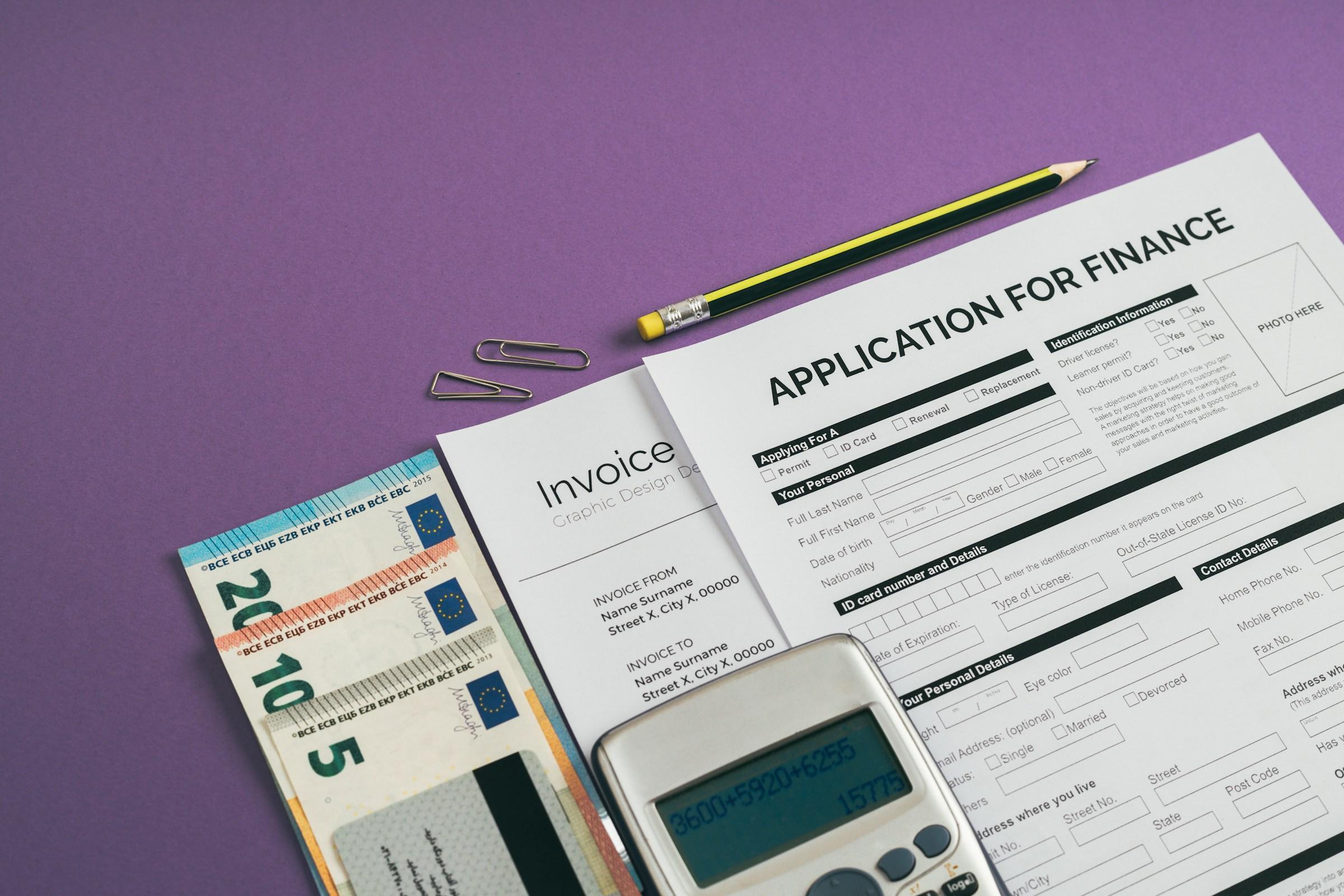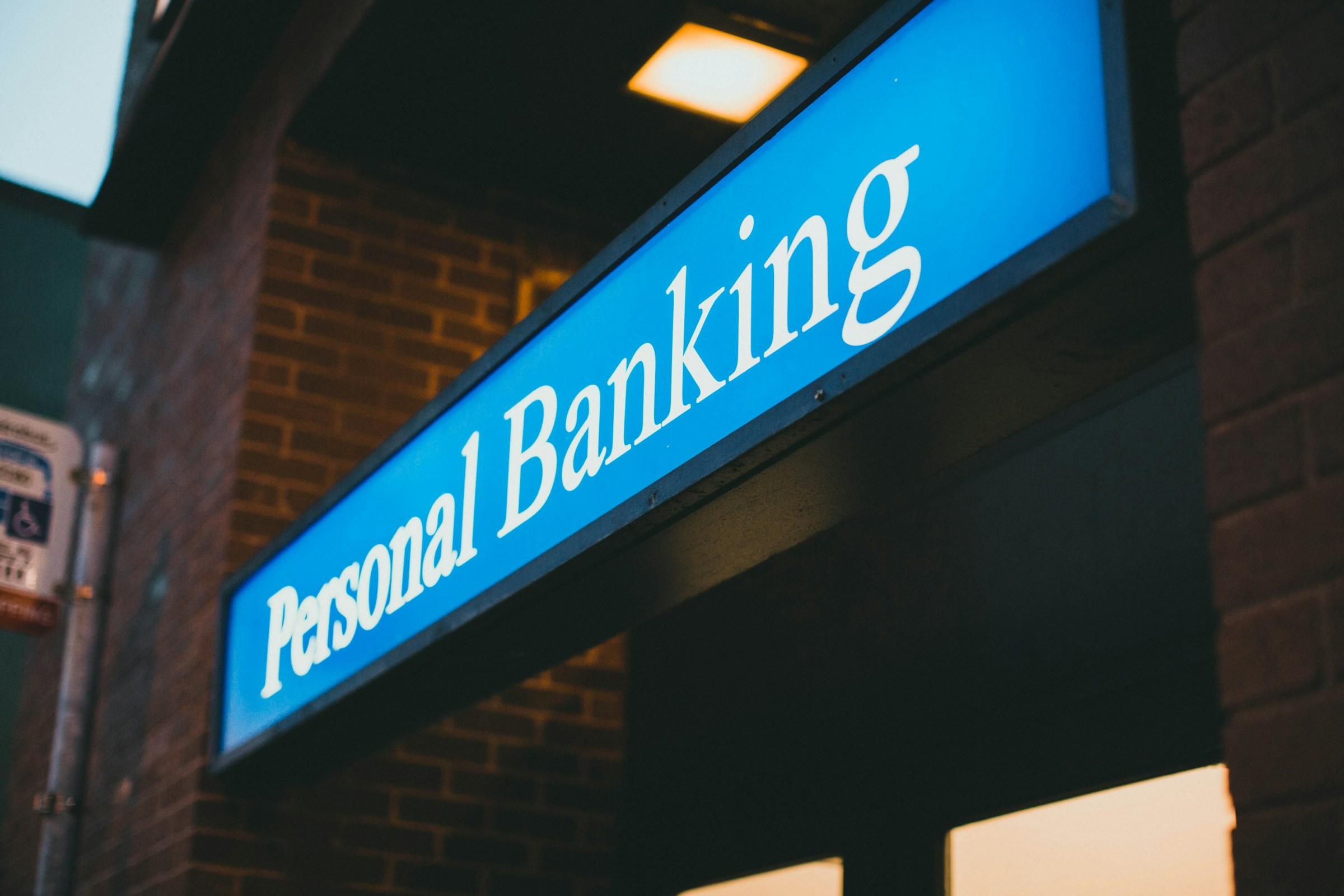When you hear that interest rates are going up or down, it can feel like background noise from the financial world, something that matters to bankers and traders more than to you. Yet interest rates quietly shape almost every important money decision you make, even if you never look at a chart or read a central bank statement. They influence the home you can afford, whether your loan repayments feel manageable, how fast your savings grow, and how much risk you are willing to take with your investments. Once you understand this connection, interest rates stop being an abstract headline and become a practical tool that helps you make calmer financial choices.
At its core, interest is simply the price of using money over time. When you borrow, you are effectively pulling future income into the present, and you pay interest as the cost of that privilege. When you save or invest, you are delaying spending money today, and interest is the reward you earn for that patience. Central banks in each country set benchmark rates that guide the overall level of interest in the economy. Commercial banks, finance companies, and other lenders then price their loans and savings products on top of those benchmarks. This is why a decision made in a central bank meeting eventually shows up as a change in your mortgage rate, your credit card interest, or the return on your fixed deposits.
Borrowing is often the most visible area where interest rates influence your life. If you have a mortgage, a car loan, an education loan, or a personal loan, the interest rate on that borrowing determines how much of your monthly payment goes toward reducing the actual amount you owe and how much is simply the cost of borrowing. A higher rate means that a larger portion of your monthly payment is interest, and over the full life of the loan you will pay significantly more for the same amount borrowed. Over twenty or thirty years, even a difference of one percentage point can add up to tens of thousands in additional interest.
This impact can be particularly sharp in places where home loans are linked to floating benchmarks. In markets like Singapore or Hong Kong, many mortgages are pegged to reference rates that move with broader market conditions. When those benchmarks rise, your monthly instalment can increase within a few months. In other markets, like the UK or parts of Europe, fixed rate deals are common for a set period, such as two, three, or five years. Once that period ends, borrowers may be shifted to a higher standard rate if they do not refinance. Either way, a change in interest rates is not just a policy move. It directly affects how much of your income goes to housing, and whether that feels comfortable or stressful.
Because of this, one of the most important questions to ask yourself is not only whether you can afford today’s monthly payment, but what happens if interest rates go up. If an increase of one or two percentage points would push your budget to its limits, that is valuable information. It suggests you may want to borrow less, choose a longer tenure only with a clear plan to prepay, or build a larger emergency fund to cushion any future increase in instalments. Interest rates become part of your risk management, not just a number on a loan document.
Rates also affect the type of debt you carry. When interest rates are high, short term unsecured borrowing becomes particularly dangerous. Credit card balances, personal loans, and buy now pay later schemes can quickly compound if you only make small payments each month. The higher the rate, the faster the debt grows in the background. In those periods, paying off high interest debt can be one of the strongest financial moves you make. The benefit you get from repaying it is similar to earning a guaranteed return equal to that interest rate, which is often far higher than what you could earn safely from investing.
On the other side of the balance sheet, interest rates shape how attractive it feels to hold cash and safe savings products. When rates are very low, keeping large amounts in a regular savings account can feel unrewarding, especially once you adjust for inflation. People may be tempted to chase higher returns in riskier assets because the interest on cash is so small. In contrast, when interest rates rise, bank deposits, fixed deposits, and money market funds start to look more appealing. You are paid more to keep your money safe and liquid, which can be helpful if you have near term goals like building a home deposit, paying school fees, or planning a major purchase.
Yet even in a higher rate environment, the goal is not to chase the absolute highest savings rate at all costs. What matters more is matching your money to your time horizon and risk tolerance. Money you plan to use within the next one to three years usually belongs in low risk, interest bearing accounts where you can access it easily. Money earmarked for long term goals, such as retirement, can take on more investment risk because it has time to ride out market ups and downs. Interest rates give you information about what you can expect from safer options, but they do not replace the need to think about when you will need the money and how much volatility you can truly live with.
Investment decisions are also heavily influenced by interest rate levels, often in ways that are less obvious at first glance. When interest rates are very low, the returns on safe assets like government bonds and high quality fixed deposits are modest. Investors who want higher income or growth may be pushed toward equities, property, or more complex financial products. Low rates can also support higher valuations, because when you discount future cash flows at a lower rate, those future earnings appear more valuable today. This is one reason why long periods of low interest rates are often accompanied by rising asset prices.
When interest rates start to climb, this dynamic shifts. The cost of borrowing to invest increases, which matters for property buyers using leverage and for investors who use margin or financing. At the same time, new bonds or fixed income instruments are issued with higher yields, making older low coupon bonds less attractive. Asset prices can adjust as investors reprice what they are willing to pay in a world where safe instruments offer better returns. For an individual investor, this can be uncomfortable. Portfolios that looked stable may fluctuate more. The key is to see this as part of the normal cycle and to review whether your investment mix still matches your goals and time horizon, instead of reacting out of fear.
Interest rates also interact with currencies, which adds another layer for globally mobile professionals and families spread across borders. A country with higher interest rates may attract more foreign capital, which can strengthen its currency relative to others. That, in turn, affects the real value of overseas assets, foreign currency loans, and remittances to family members in another country. If you earn in one currency, borrow in a second, and plan to retire in a third, changes in both interest rates and exchange rates can significantly influence your long term outcomes. This is not a reason to avoid international exposure, but it is a reminder to track how these factors work together rather than looking at any single piece in isolation.
Given all these moving parts, it is easy to feel that you must become an amateur economist to make good financial decisions. The truth is more encouraging. You do not need to predict where interest rates will go next. Even professionals get that wrong routinely. What you need is a simple way of thinking about how changes in rates affect your personal situation. One useful approach is to ask three questions before any major financial commitment. How sensitive is this decision to interest rate changes. How much flexibility do I have if the environment shifts. Over what time frame will this decision matter for my life.
Take a home purchase as an example. Sensitivity comes down to how much of your income will go toward the mortgage, and what happens to that ratio if rates are higher in a few years. Flexibility includes your ability to refinance, prepay, rent out a room, or sell and move if needed. The time frame is how long you realistically expect to stay in that property and how it fits into other life plans, such as career moves, family changes, or relocation. Once you frame the decision this way, the interest rate becomes a key factor, but it sits alongside job stability, savings buffers, and personal priorities.
The same logic applies to smaller choices. If you are considering using a personal loan to finance a renovation or a big holiday, it helps to calculate the total interest you will pay over the life of the loan, not just the monthly instalment. Ask yourself whether the experience or benefit is worth that total cost, and whether it would be wiser to save up a portion first so that you borrow less. When interest rates are high, the trade off becomes even more important, because every borrowed dollar costs you more.
In retirement planning, interest rates influence how much safe income you can expect from bonds, fixed deposits, or annuity type products. In a low rate world, depending solely on interest income may require a very large pool of capital or a significant adjustment to lifestyle expectations. In a higher rate environment, generating income becomes easier, but you still face inflation risk and the possibility that rates will fall again during a retirement that may last twenty or thirty years. This is why many planners emphasise a balanced approach, combining growth assets that can outpace inflation with income producing holdings that provide stability and cash flow.
There is also an emotional side to living through rate changes. When media coverage focuses on aggressive rate hikes, homeowners with floating loans may feel anxious, and people considering big purchases may freeze. When there is talk of rate cuts, others may rush into commitments because they fear missing a temporary window. Both reactions are understandable, but neither needs to control your financial life. A written plan that sets clear guardrails for how much you are willing to allocate to housing, how quickly you will repay high interest debt, and how you will handle savings and investments in different environments can act as a stabilising anchor.
A practical step is to map your current exposure to interest rates. List all your loans and note the type of rate, fixed or floating, the remaining tenure, and the monthly payment. Then look at your main savings and investment accounts and estimate how much of your net worth sits in cash, in fixed income, and in riskier growth assets. This simple overview often reveals whether you are heavily exposed to rising rates through debt, or overly dependent on low yielding cash in a low rate world. From there, you can make targeted adjustments, such as accelerating debt repayment, staggering deposit maturities, or gradually shifting some long term money into diversified investments.
Ultimately, interest rates are not something to fear, but a reality to understand. They shape the cost of borrowing and the reward for saving, and they influence how different financial choices interact with each other over time. You will live through many rate cycles in your working life and retirement. You do not control those cycles, but you do control how much you borrow, how you structure your loans, how you build your savings, and how you invest. When you see interest rates as one important variable within a thoughtful plan instead of a force that dictates your future, you can make financial decisions with more confidence, resilience, and peace of mind.











-1.jpg&w=3840&q=75)


